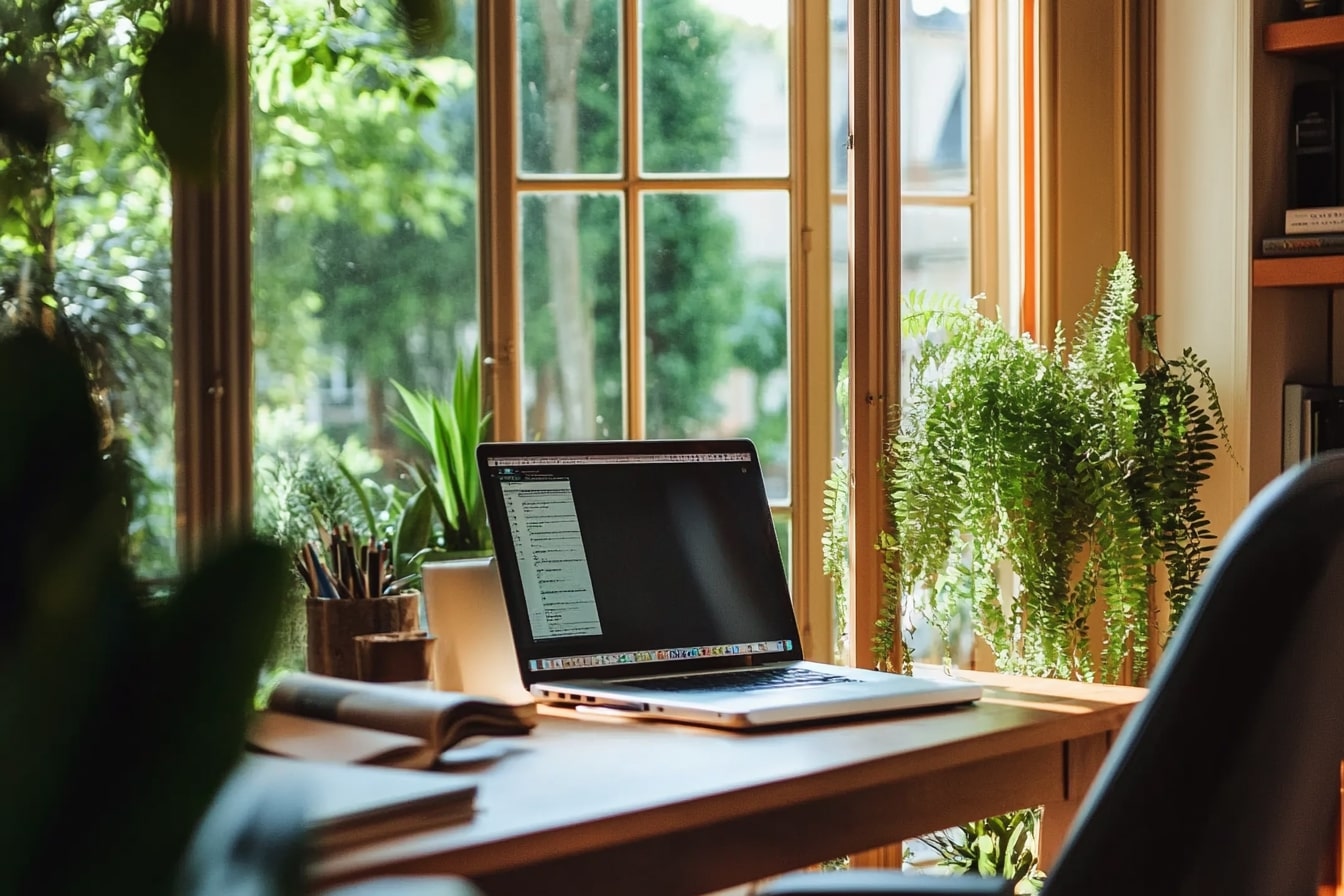Designing a Garden Office for Remote Work and Productivity
A garden office can provide a separate, quiet place to work without leaving home, blending outdoor access with a dedicated work environment. Whether you’re setting up a garden office shed or adapting a corner of the yard, planning for insulation, light, and connectivity helps create a practical space that supports remote work, focus, and routines.

Choosing a garden office shed
Selecting the right garden office shed starts with size, materials, and planning permissions. Consider how much floor space you need for desk(s), storage, and movement; many people opt for 6–12 m² footprints depending on equipment and whether you’ll meet clients there. Material choices (timber, composite, or insulated panels) affect thermal performance and maintenance. Check local services for planning guidance and building regulations before ordering, and factor in foundations and access for installation.
Garden office for remote work: what to consider
For remote work, reliable power and internet are essential. Plan wiring for dedicated circuits, enough outlets, and route for high-speed internet — wired Ethernet or a strong Wi‑Fi point can reduce lag for video calls. Noise control is also important: double‑glazed windows, insulated walls, and thoughtful placement relative to neighbors or street noise reduce distractions. Think about lighting (natural and task lighting), ventilation, and an ergonomic setup to support sustained remote work sessions.
Garden office versus home office: layout tips
A garden office often offers clearer separation between work and home life than a desk inside the main house. Use layout strategies to maintain that boundary: position desk(s) facing away from entry points, include shelving for organization, and create distinct zones for focused work, meetings, and short breaks. If you split time between a home office and a garden office, replicate core ergonomics (chair, monitor height, keyboard position) to avoid adjustments that disrupt flow and productivity.
Creating a functional workspace in a garden office
Design a workspace that minimizes friction: invest in a comfortable chair, an adjustable desk if possible, and monitor arms or stands to maintain a neutral posture. Storage is key — built-in shelving or compact filing solutions keep surfaces clear and reduce cognitive load. Incorporate flexible elements like folding meeting space or a small sofa for phone calls. Consider climate control: insulation, a small heat source, and shading will extend usable months and improve daily comfort.
Garden office features that boost productivity
Certain features consistently support productivity: abundant natural light to regulate circadian rhythms, acoustical treatment to cut reverberation, and controls for temperature and airflow. Personalization (plants, art, or a view of the garden) can improve mood and focus without becoming distracting. Schedule-friendly design — a visible clock, clear boundaries, and a routine triggered by entering the garden office — helps reinforce work habits. Plan for quick transitions: a small drinks station or storage for a work bag reduces interruptions.
Conclusion
A well-planned garden office transforms an outdoor shed into a reliable, comfortable workspace that supports remote work and productivity while keeping home life distinct. Start by defining functional needs (space, connectivity, climate control), then choose materials and layout that match usage patterns and local requirements. Prioritizing ergonomics, noise control, and organization will make the garden office a practical extension of your professional routine and a sustainable place to focus.






